Staring at a bland, uninspired kitchen wall? You’re not alone. So many renters and new homeowners dream of a stylish upgrade but feel stopped by the fear of permanent changes, high costs, or making a mess of their first DIY project. The thought of uneven tiles or damaged walls is enough to halt any design ambition.
But what if you could completely transform your kitchen in a single afternoon, for less than the cost of a fancy dinner out? That’s the power of DIY peel and stick backsplash. It’s an affordable, stylish, and completely removable solution designed for people who want big results without big risks.

This is not just another set of basic instructions. This guide is your step-by-step mentor, designed to give you the confidence to get a perfect, professional-looking finish. We’ll cover every detail, from prep to troubleshooting, so you can avoid common peel and stick backsplash installation mistakes and create a space you love.
Why Choose Peel and Stick Backsplash?
Ever feel like your rental agreement is holding your kitchen's style hostage? This section reveals why peel and stick tiles are the modern renter's and DIYer's best-kept secret for a commitment-free, stunning upgrade.
One of the biggest draws of self-adhesive backsplash tiles is their incredible affordability. A full-scale tile renovation can cost thousands, but a peel and stick project can often be completed for under $100. For renters, this is a game-changer. Imagine giving your apartment a high-end look without touching your security deposit.
For example, a renter in Austin, Sarah, transformed her dated kitchen over a weekend. Using a chic marble look peel and stick backsplash, she spent just $85 and a few hours to create a space that looked brand new. This is one of the most effective removable backsplash ideas for apartments available.
Beyond price, the variety is stunning. Whether you love the clean lines of subway tile, a cozy modern farmhouse peel and stick backsplash, or a bold geometric pattern, there is a design for you. These tiles aren’t the flimsy decals of the past; modern versions have realistic textures and grout lines that mimic the real thing. To truly see the possibilities, it helps to understand the full scope of what's available. To get a better sense of how to pair different styles with your existing decor, explore our comprehensive guide on How to Upgrade Kitchens with Peel and Stick Tiles, which offers even more visual inspiration.
The best part? It's a temporary kitchen backsplash. When you’re ready to move out or simply want a new look, you can remove it without damaging the wall underneath. This flexibility empowers you to experiment with trends and personalize your space without long-term consequences.
Tools and Materials You’ll Need
Feeling overwhelmed by tool lists that seem longer than the project itself? Here, we cut through the noise and give you a simple checklist of the absolute essentials for a flawless installation.

You don't need a professional workshop to install stick-on wall tiles. Most of the items are likely already in your home. Getting your tools and materials ready before you start ensures a smooth, frustration-free process.
Essential Tools:
Optional (But Helpful) Tools:
A classic mistake is trying to "eyeball" the alignment without a level. One DIYer learned this the hard way, starting their first row slightly off-kilter. By the end, the lines were noticeably slanted, forcing them to pull everything off and start over. A simple level prevents this exact headache.
Preparing Your Surface Correctly
Worried your tiles won’t stick properly or, even worse, will peel paint off the wall later? This section details the single most important step for ensuring perfect adhesion and damage-free removal.
Proper surface preparation is the foundation of a successful DIY peel and stick backsplash project. It's the difference between tiles that last for years and tiles that start peeling in a week. Think of it like applying a screen protector to a new phone; any dust or oil will cause bubbles and prevent a secure bond.

Step 1: Clean Thoroughly
Your walls, especially in a kitchen, are coated with invisible grease and grime. You must clean the surface with a degreasing cleaner. Mix it according to the directions, wipe down the entire area, and then rinse with a clean, damp cloth to remove any residue.
Step 2: Ensure it's Smooth
Peel and stick tiles need a smooth, non-porous surface to adhere properly. They work beautifully on standard painted drywall (as long as it's not freshly painted—wait at least 3 weeks), metal, or glass. Lightly textured walls can sometimes work, but heavily textured surfaces (like "popcorn" or stucco) are not suitable. Different materials may require slightly different prep, and our guide on How to Install Smart Tiles Peel & Stick Backsplash covers renter-friendly tips for various wall types to ensure a perfect stick every time.
Step 3: Let it Dry Completely
This is a step people often rush. After cleaning, the wall must be 100% dry. Wait at least 24 hours before you begin installation. Trapped moisture is the primary enemy of adhesive and will cause your tiles to fail.
Can Peel and Stick Backsplash Go Over Existing Tile?
Yes, you can often install peel and stick tiles directly over existing ceramic or porcelain tile, provided the surface is clean and the grout lines are not too deep. If the grout lines are wide or deep, you may need to fill them with a thin layer of spackle and sand it smooth to create an even surface.
The 7-Step Installation Walkthrough
Ready to turn that vision into reality? This detailed, step-by-step walkthrough is your friendly guide to a perfect installation, breaking down every action into simple, manageable tasks.
Step 1: Measure and Calculate Your Needs
Afraid of buying too much tile or, even worse, not having enough to finish the job? This quick and easy math ensures you purchase the right amount from the start.
First, use your measuring tape to find the height and width of the area you want to cover. Multiply these two numbers to get the total square footage.
Pro-Tip: Always order 10% extra material. This industry-standard practice provides a buffer for any cutting mistakes or for replacing a tile down the line. It's far less stressful than realizing you're one tile short and the batch is now sold out.
Step 2: Clean and Prime Your Walls
Ever wonder why some peel and stick projects fail while others look perfect for years? The secret is almost always in this crucial preparation phase. Let's get it right.
As we covered earlier, this step is non-negotiable. Clean the wall with a degreasing agent to remove any oils. Then, wipe it with water to rinse, and allow it to dry completely for 24 hours. A pristine, dry surface gives the adhesive the best possible grip.
Step 3: Plan Your Layout
Have you ever started a project and immediately wished you'd planned your first move? A five-minute layout plan is your best defense against crooked lines and awkward end pieces.
Find the horizontal center of your backsplash area and use your level and pencil to draw a faint vertical line. This will be your starting guide. It's much better than starting in a corner, which may not be perfectly square, leading to skewed lines.
A great pro-tip is to do a "dry fit." Lay out your tiles on a countertop or the floor to see how the pattern will look and where your cuts will need to be. This helps you avoid finishing a row with a tiny, awkward sliver of a tile in a highly visible area.
Step 4: Make Your First Cuts
Feeling nervous about slicing into a brand-new tile? Follow this simple "measure twice, cut once" method for clean, confident cuts every single time.
For any tiles that need to be trimmed to fit at the end of a row, measure the space carefully. Mark the tile, place your straightedge along the line, and press down firmly. Use your utility knife to score the tile with a firm pass. You don't need to cut all the way through; simply score and snap it for a clean break.
Step 5: The First Tile Placement
So, where do you stick the very first tile? This placement is critical, as it sets the standard for the entire project. Here’s how to nail it.
Take your first tile and peel back only the top two inches of the paper backing, folding it down. Do not remove the entire backing at once! This gives you control.
Align the tile with your level guideline. Lightly press the exposed adhesive to the wall. Once you are sure it's perfectly straight, press it down firmly. Now, slowly pull away the rest of the backing from behind the tile while smoothing it onto the wall with your other hand or a plastic smoother.
Step 6: Overlap and Continue Tiling
How do you ensure all the tiles line up perfectly to create a seamless look? The magic is in the specially designed overlap. We'll show you exactly how it works.
Most high-quality self-adhesive backsplash tiles are designed with a small overlapping edge that mimics a grout line. As you place your next tile, simply align this edge to cover the designated area of the previous tile. This system automatically ensures perfect spacing and a professional finish.
Press each tile firmly, starting from the center and working your way to the edges to push out any air bubbles. For a deeper dive into creating that iconic look, the go-to resource is our Easy Guide: Install Peel & Stick Subway Tiles. It offers visuals that make the process foolproof.
Step 7: Cutting Around Outlets and Corners
Dreading the thought of cutting around those tricky electrical outlets and corners? This simple template trick makes even the most complex cuts surprisingly easy.
Turn off the power to any outlets in your work area for safety. Hold a piece of paper over the outlet and make an impression by rubbing it. Cut this paper template out.
Place the template onto the tile where the outlet will be, trace it, and then carefully cut out the shape with your utility knife *before* you stick the tile to the wall. This ensures a clean, custom fit around the obstacle.
Which Backsplash Style Fits Your Kitchen?
Troubleshooting & Common Mistakes
What do you do if a tile starts to peel, or you accidentally leave a small gap? Don't panic. This section is your emergency guide for fixing the most common issues quickly and easily.
Even with careful planning, small issues can arise. The good news is that most peel and stick backsplash installation mistakes are easy to fix. Knowing the solutions ahead of time builds confidence and ensures you’re prepared for anything.
Issue: Tiles Are Peeling at the Edges
Issue: Bubbles Appear Under the Tile
Issue: Heat Exposure Behind the Stove
How to Safely Remove Peel and Stick Backsplash
As a renter, is the thought of removal day already causing you stress? This section provides the simple, damage-free method to get your walls back to their original state and secure your full security deposit.
One of the greatest benefits of these tiles is that they are removable backsplash ideas for apartments. The process is straightforward and, when done correctly, leaves no trace behind. This is where patience pays off.

- Apply Gentle Heat: Start at a top corner of the backsplash. Use a standard hairdryer on a medium or low heat setting, holding it about 6-8 inches from the tile. Warm the surface for about 30-60 seconds. This softens the adhesive, making removal much easier.
- Pry the Corner: Use a putty knife or even your fingernail to gently lift the corner of the warmed tile. The goal is to get just enough of an edge to grip.
- Peel Slowly and Evenly: Once you have a grip, pull the tile away from the wall slowly and at a shallow angle. Don't yank it off quickly, as that can pull paint or drywall paper with it. Continue applying gentle heat with the hairdryer just ahead of where you are peeling. It’s a bit like removing a stubborn price tag—heat and patience are your best friends.
- Clean Any Residue: After all the tiles are removed, you might find some sticky residue left behind. A gentle adhesive remover like Goo Gone or even a cloth with a bit of warm, soapy water can typically clean this up without issue.
For renters, mastering this process is everything. Our complete guide, Transform & Remove Renters Peel and Stick Tiles Safely, is dedicated to making this process completely stress-free and successful.
A Stunning Kitchen is Just an Afternoon Away
You did it. You’ve learned how to prepare your walls, navigate the installation, and even troubleshoot the small stuff. That bland kitchen wall that once felt like a permanent fixture is now a canvas for your personal style. Peel and stick backsplash empowers you to make bold, beautiful changes that are affordable, easy, and completely reversible.
Remember that proper preparation is your secret weapon against mistakes. By taking the time to clean and plan, you guarantee a result that looks professional and lasts. You don’t need to be a seasoned contractor to achieve a stunning kitchen transformation. You just need the right guidance and a little bit of confidence. To take your project to the next level, our guide on How to DIY Peel Stick Kitchen 2025 offers advanced tips and decor techniques to complement your new backsplash.
Now go create a space you absolutely love. We’d be thrilled to see your work! Share your before-and-after photos on social media and tag us.
Ready to find the perfect style for your project? Explore our curated Peel Stick Backsplash Kitchen Ideas 2025 for inspiration. For more expert DIY tips and tricks delivered straight to your inbox, sign up for our newsletter today! If you're looking for a one-stop resource that covers everything from selection to installation, don't miss our ultimate guide on How to Install Peel and Stick Tiles & Best Designs 2025.
Frequently Asked Questions
1. How long does peel and stick backsplash last?
With proper surface preparation and installation, a high-quality peel and stick backsplash can last for many years. Durability also depends on the environment. In low-moisture, low-heat areas, they can remain in perfect condition for a decade or more.
2. Can you put peel and stick backsplash in a bathroom?
Absolutely. Many products are designed to be a waterproof peel and stick backsplash for bathroom use. Look for tiles specifically rated for humid environments. They are a great choice for updating a bathroom vanity wall, but it is generally advised to avoid using them in areas with direct, constant water exposure, like inside a shower.
3. Is peel and stick backsplash easy to clean?
Yes, it's very easy to maintain. Most tiles have a durable, non-porous surface that can be wiped clean with a damp cloth and a mild, non-abrasive cleaner. This makes them ideal for a kitchen, where splashes and splatters are common.
4. Will peel and stick backsplash damage my painted walls?
When installed on a properly cured painted wall and removed correctly (using gentle heat), it should not cause damage. The key is to avoid applying it to freshly painted walls (wait at least 3 weeks) and to never rip or yank the tiles off during removal. The slow-peel method with heat is the best way to protect your walls.

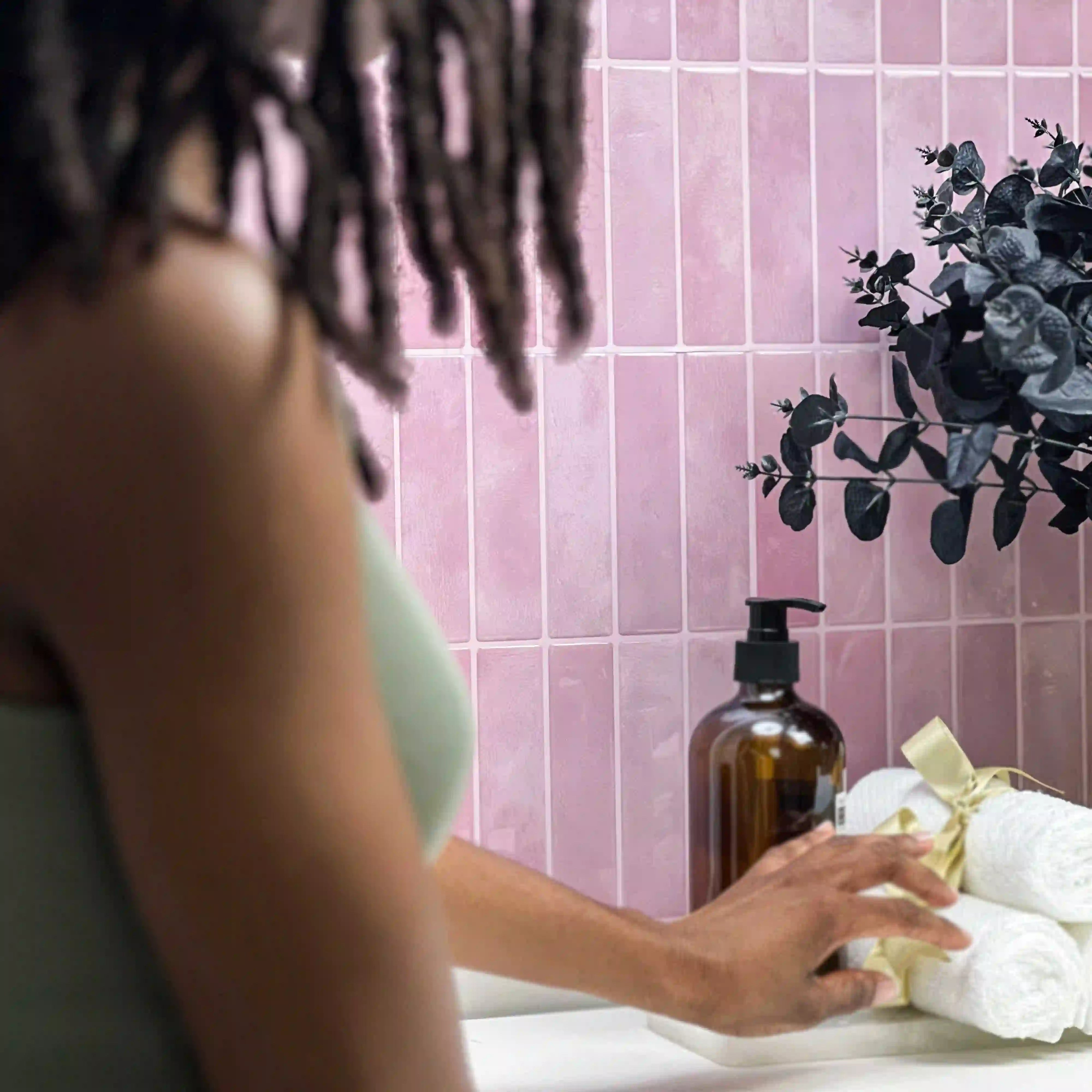
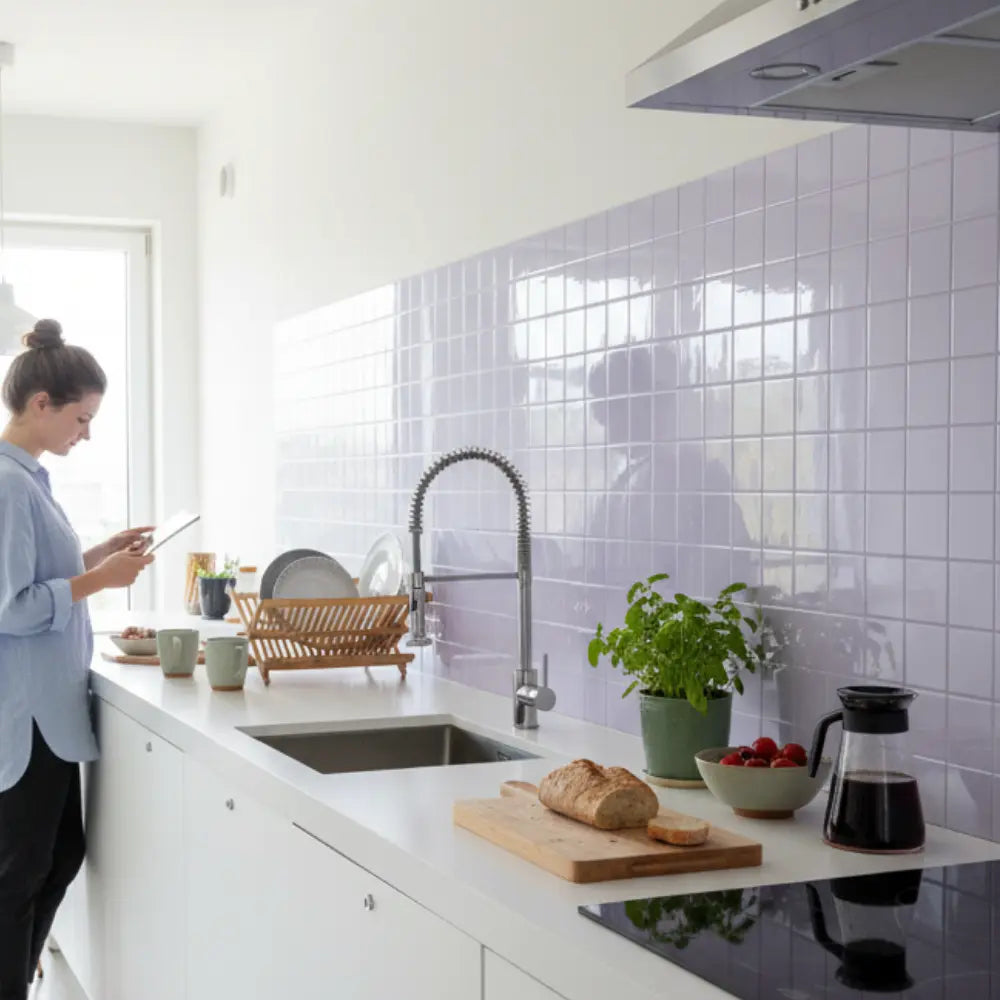
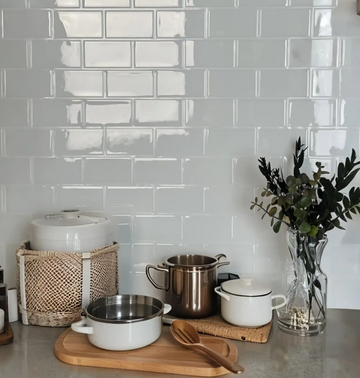
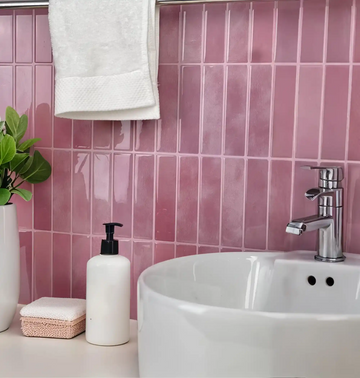
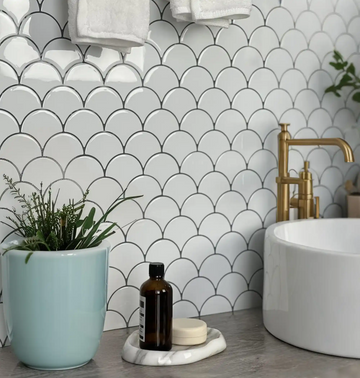
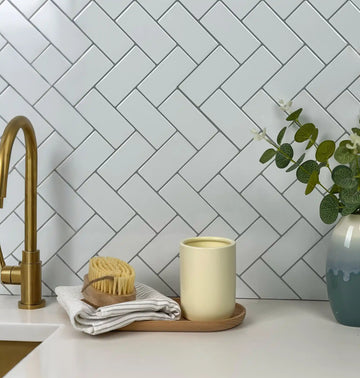
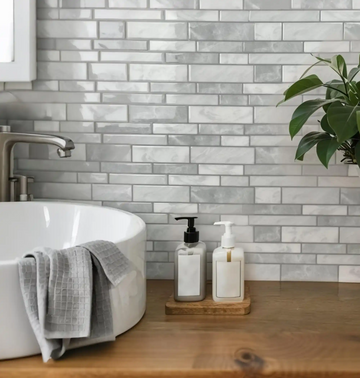
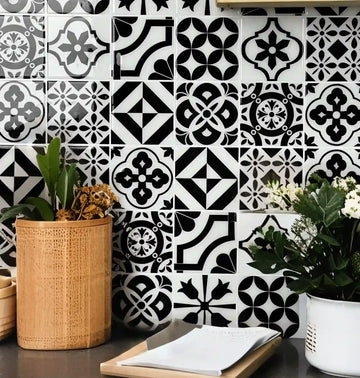
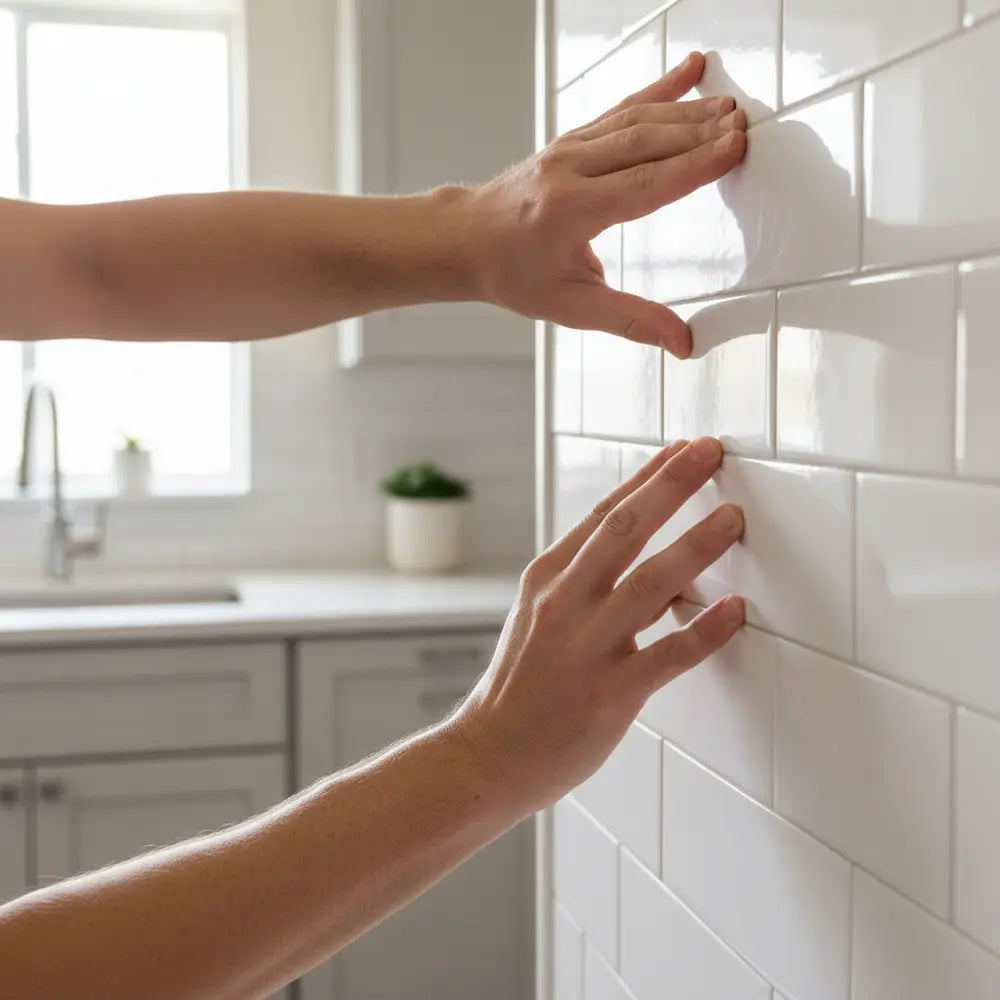
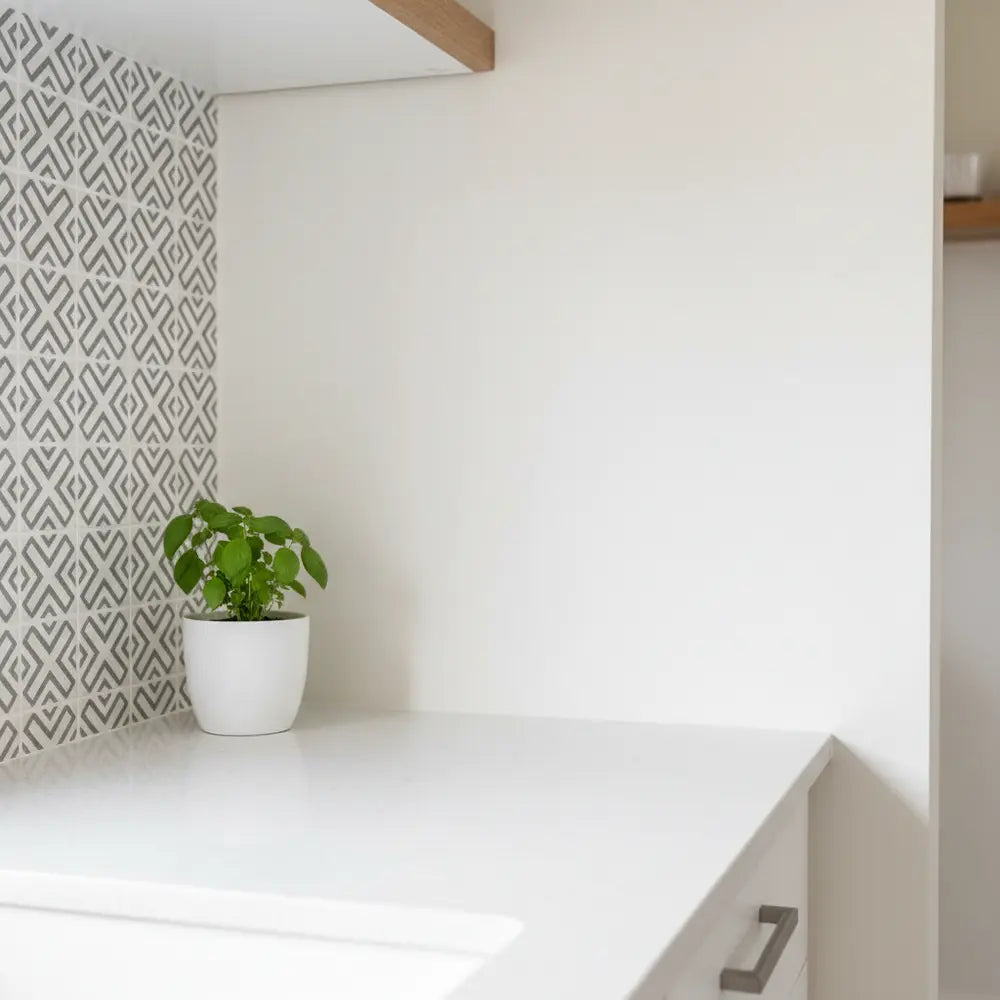
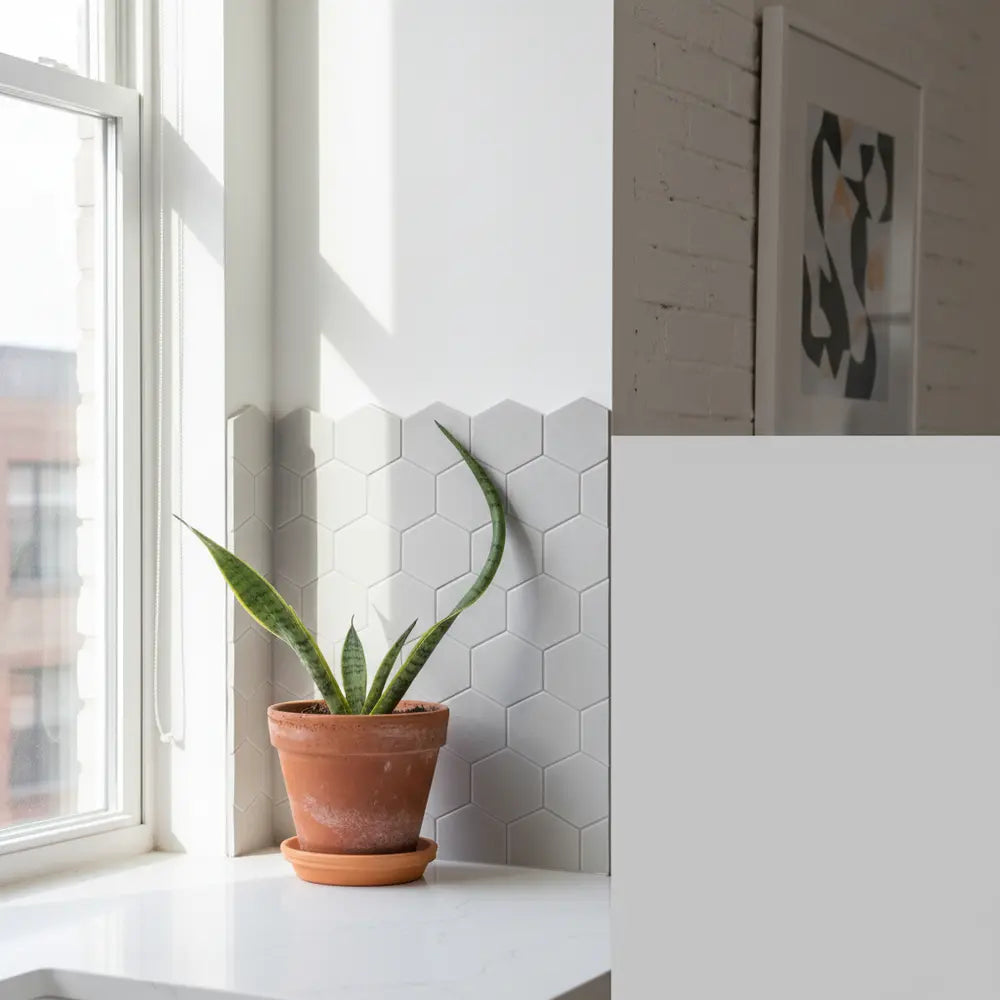
Dejar un comentario
Este sitio está protegido por hCaptcha y se aplican la Política de privacidad de hCaptcha y los Términos del servicio.